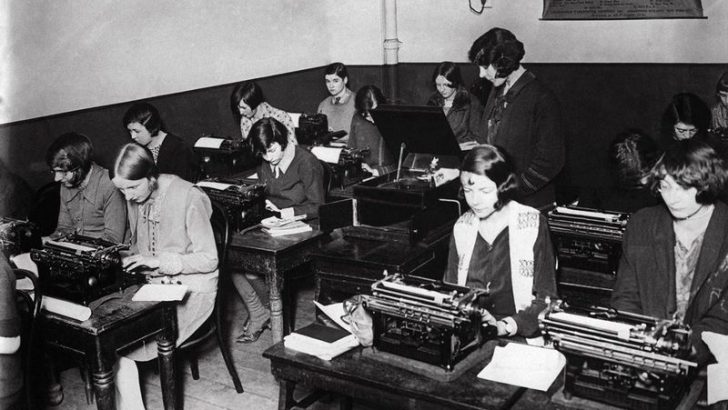The 1960s were a time of exploration, innovation, and transformation in the educational sphere. From hands-on learning experiences to life skills courses, schools offered a variety of subjects that not only educated but also prepared students for real-world challenges. Some of these courses, now considered obsolete, deserve a second look for today’s curricula. This blog will delve into nine unique subjects from the ’60s that could benefit modern students, providing them with skills and insights applicable to today’s fast-paced world. Each subject carries with it a story and a reason for reintroduction.
1. Home Economics
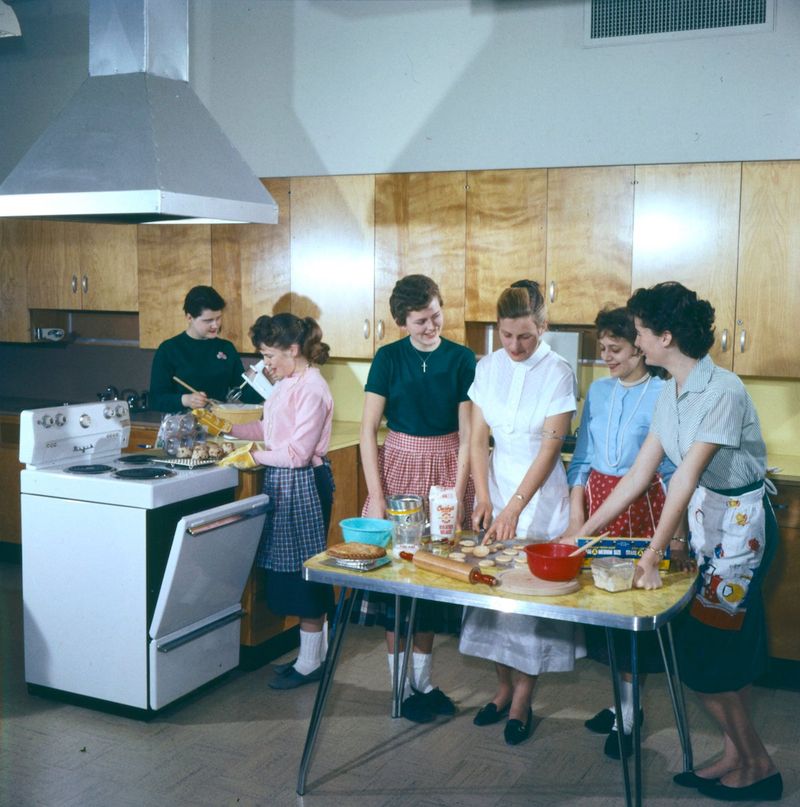
Imagine a classroom filled with the aroma of freshly baked bread. Home Economics taught students essential life skills like cooking, sewing, and budgeting. In the ’60s, this subject was pivotal in preparing students for adulthood. Today, as more rely on fast food and outsourced tasks, the value of such skills is undeniable.
Budgeting lessons, for example, offered insights into managing household expenses, fostering financial independence. Sewing classes sparked creativity and resourcefulness, allowing students to mend and create clothing.
Reviving Home Economics could empower students to lead healthier, more financially stable lives.
2. Shop Class
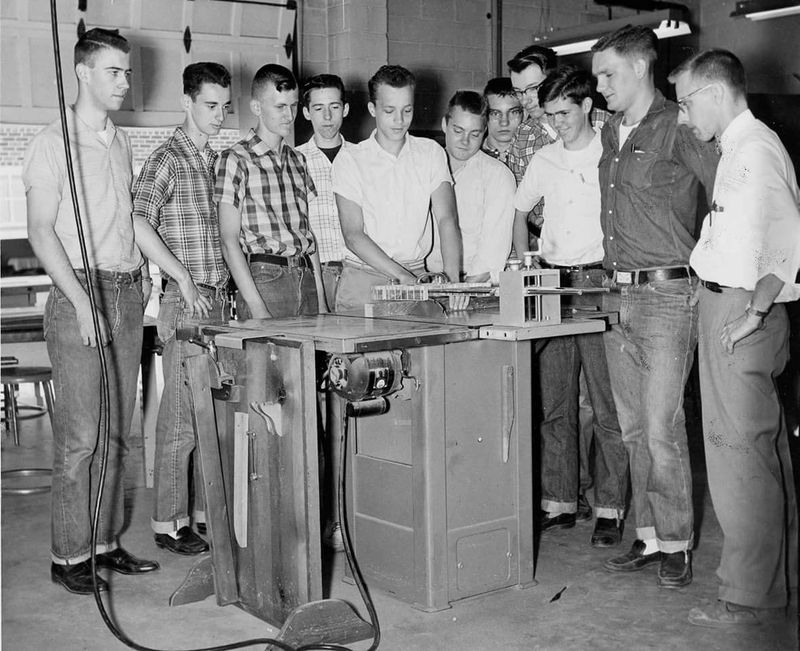
In a bustling workshop, the sound of hammers and saws filled the air. Shop Class provided students with hands-on experience in woodworking and metalworking. This practical subject equipped them with skills that transcended the classroom, often inspiring career paths in trades.
The ability to understand and create tangible objects fostered a sense of accomplishment and confidence. Projects like crafting a simple bookshelf taught precision, planning, and patience.
Reintroducing Shop Class could reignite a passion for craftsmanship, offering an antidote to today’s digital-heavy education focus.
3. Typing and Shorthand
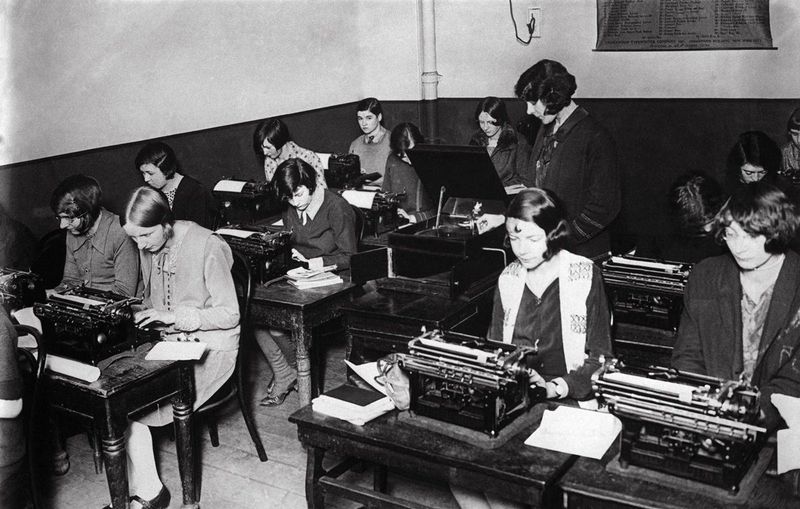
Fingers danced rhythmically across typewriter keys, producing a symphony of clicks. Typing and Shorthand courses were staples of ’60s education, offering crucial communication skills. In an era dominated by digital devices, the art of typing with precision remains valuable.
Shorthand, once essential for secretaries, honed listening and quick-thinking abilities. These skills, though evolved, still hold relevance in note-taking and efficient information processing.
Reviving these courses might aid in improving typing speed and accuracy, bridging a gap in today’s tech-savvy yet fundamentally challenged generation.
4. Civics
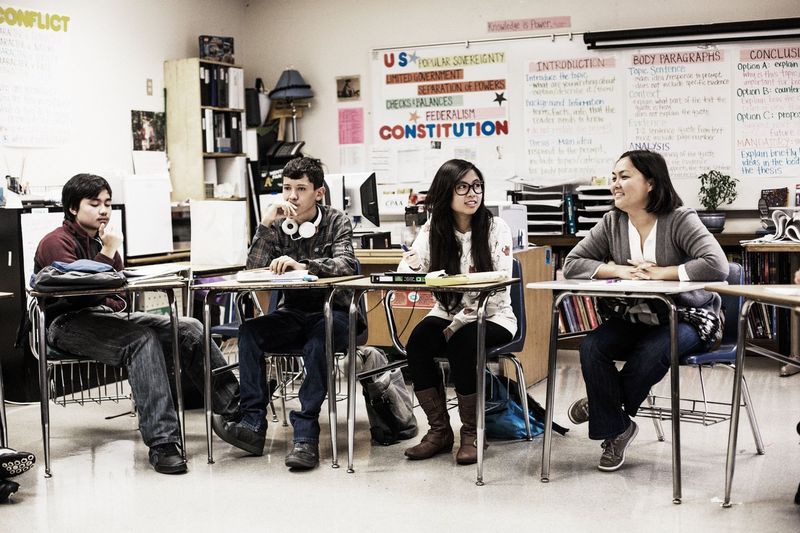
In a world where civic engagement is vital, the ’60s Civics classes were ahead of their time. These courses delved into the workings of government, rights, and responsibilities, cultivating informed citizens.
Students often participated in debates, fostering critical thinking and public speaking skills. Understanding the electoral process and legislative mechanics inspired active participation in democracy.
Reintroducing Civics could nurture a new generation of aware and involved citizens, prepared to make informed decisions and contribute positively to society.
5. Nature Studies
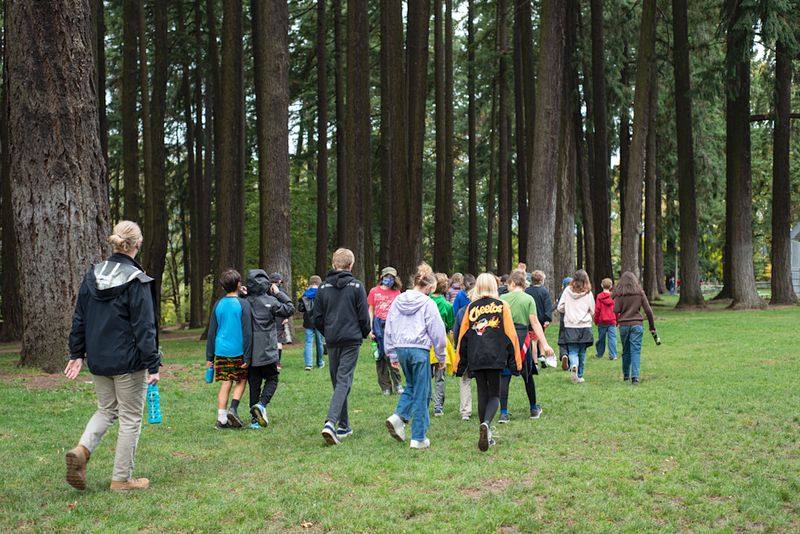
Amidst the rustling leaves and chirping birds, Nature Studies connected students with the environment. This subject encouraged exploration and appreciation of natural ecosystems, promoting environmental awareness.
Field trips to local parks or forests became experiential learning adventures, fostering observational skills and curiosity. Students learned about plant species, wildlife, and ecological balance, sowing seeds of environmental stewardship.
Revisiting Nature Studies could inspire a deeper connection to the planet, urging the younger generation to become active environmental advocates.
6. Classical Literature

With pages turning softly, students were transported to distant eras. Classical Literature classes immersed students in the writings of ancient and modern literary giants. These courses encouraged critical analysis, cultural understanding, and empathy.
Engaging with classics provided insights into human nature and societal values, fostering a lifelong love for reading. Discussions often unveiled timeless themes, sparking philosophical debates.
Reviving Classical Literature could broaden perspectives, enhancing analytical skills and cultural literacy in an increasingly globalized world.
7. Physical Education
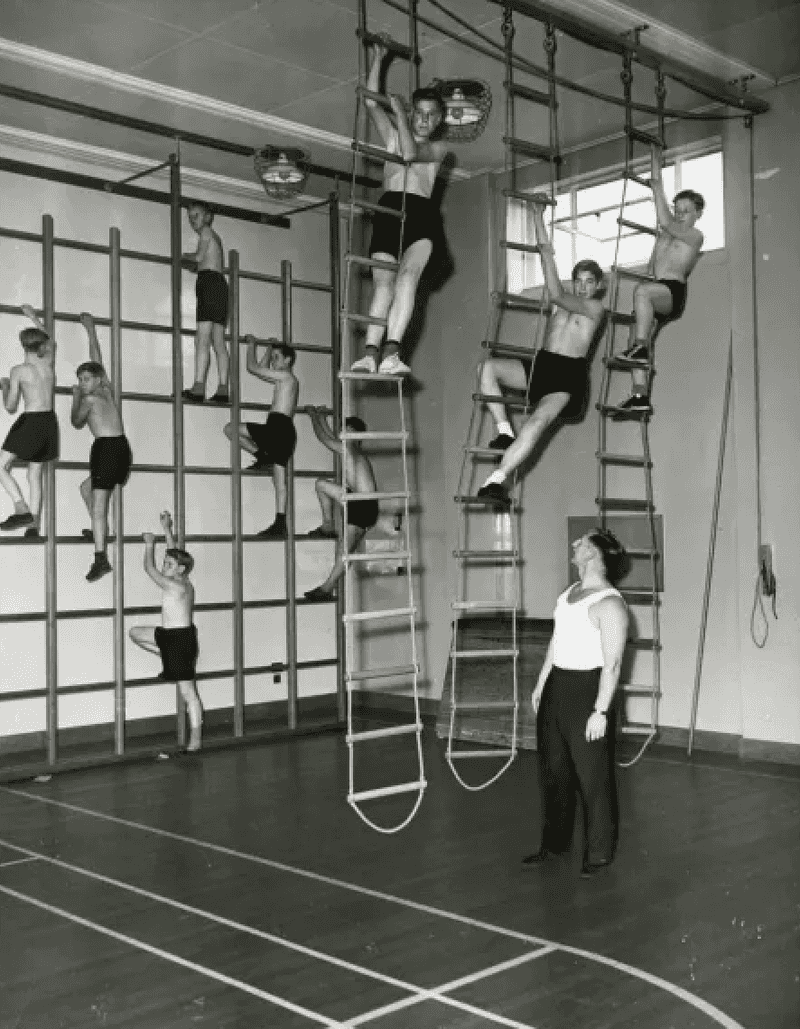
In the energetic setting of a gymnasium, Physical Education was more than just exercise—it was about building character. This subject promoted teamwork, discipline, and physical well-being, elements crucial for holistic development.
Sports like basketball or gymnastics taught coordination and perseverance. Group activities fostered a sense of belonging and mutual respect among peers.
Reinstating Physical Education with a focus on lifelong fitness habits could counteract sedentary lifestyles and encourage healthier choices in today’s youth.
8. Art and Craft
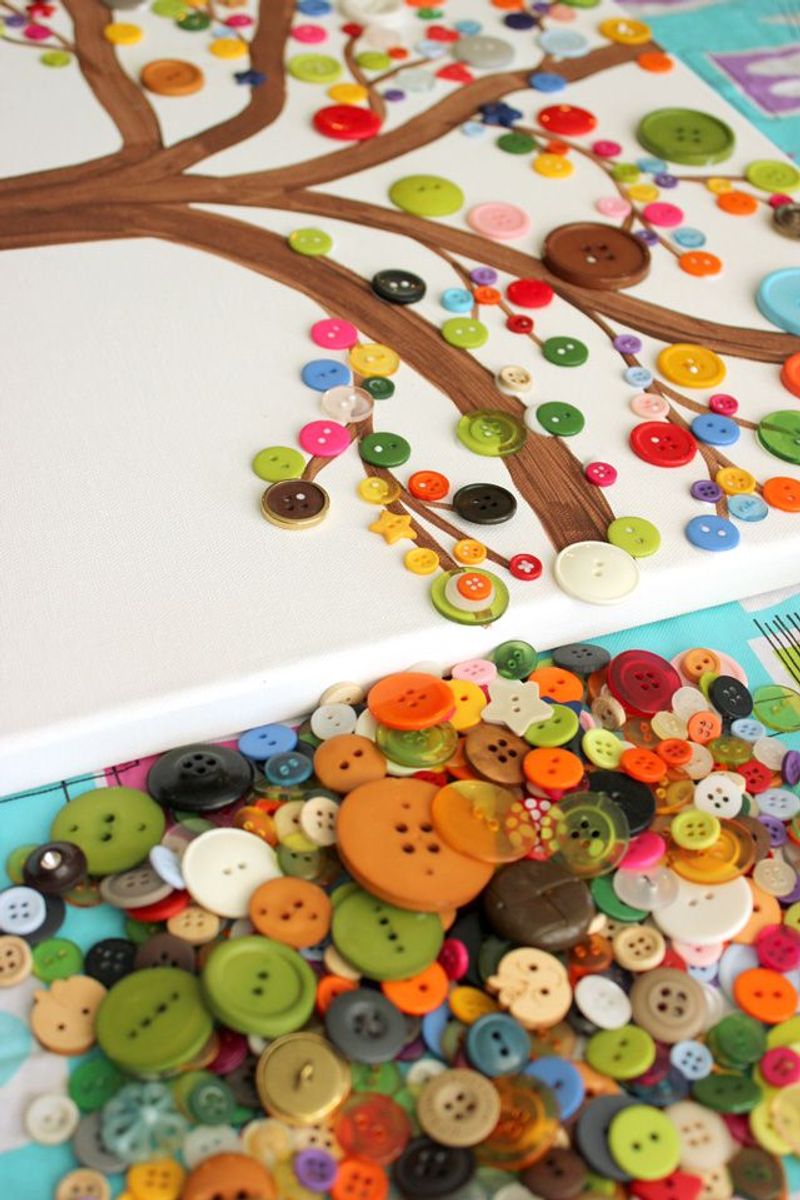
In a vibrant classroom splashed with colors, Art and Craft courses unleashed creativity. Students explored mediums like paint, clay, and textiles, transforming ideas into tangible art forms.
These classes were a playground for imagination, offering an escape from rigid academic structures. Crafting projects nurtured patience and attention to detail, while collaborative tasks built camaraderie.
Bringing back Art and Craft could revive a culture of creativity, allowing students to express themselves beyond conventional academic metrics.
9. Music Appreciation

Notes flowed through the room as Music Appreciation classes introduced students to diverse musical landscapes. This subject cultivated an understanding of rhythm, melody, and cultural influences.
Listening sessions exposed students to genres from classical to contemporary, fostering an appreciation for artistic diversity. Analyzing compositions taught critical listening and emotional interpretation.
Reintroducing Music Appreciation could enrich cultural literacy and emotional intelligence, offering a harmonious blend of education and enjoyment in today’s curriculum.

